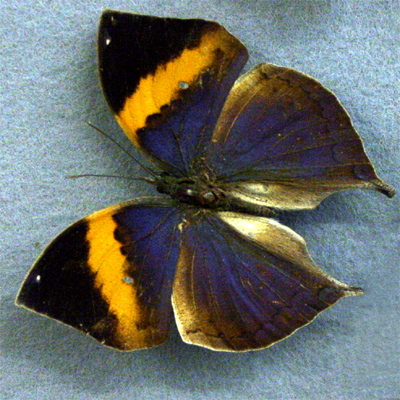
INVERTEBRATES THAT LIVE ON LAND AS WELL AS THE SEA
The three major phyla that adapted to life on land as well as colonising the sea: Phylum Mollusca, Phylum Annelida, Phylum Arthropoda.The molluscs (land and sea snails, squids and octopuses, mussels and clams), annelids (segmented worms) and arthropods (millipedes, scorpions, insects, crabs) represent the second major evolutionary branch of invertebrates. These phyla have both colonised aquatic habitats and successfully adapted to life on land. These animals are protostomes (first mouth), the blastopore contributes to the formation of the mouth and the anus. In invertebrates belonging to the other, deuterostome, branch of invertebrate evolution, the mouth and anus are formed separately: the anus from the blastopore and the mouth from a new opening.
The three phyla are displayed separately to show:
|
 |
| MOLLUSCA | ANNELIDA | ARTHROPODA |






